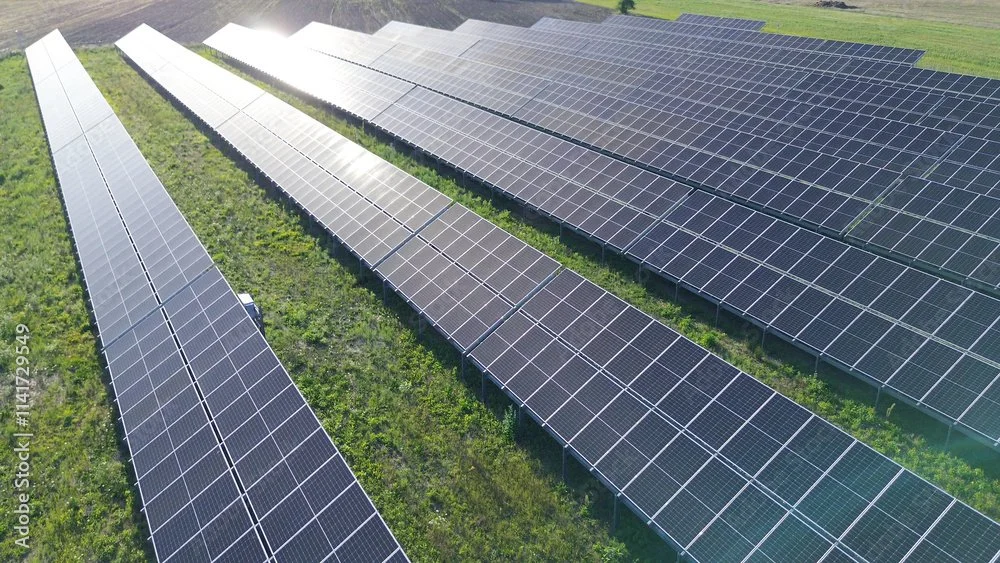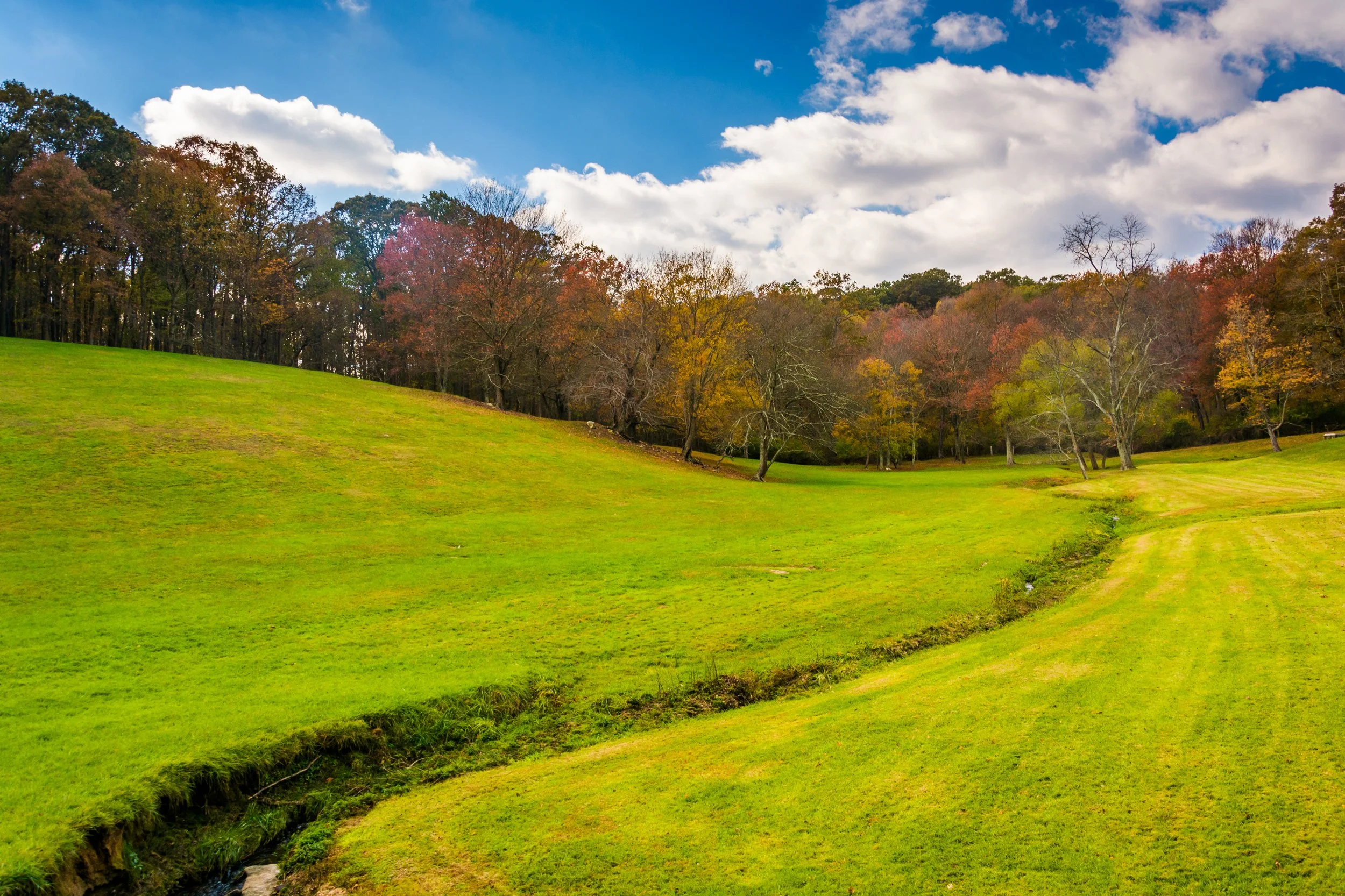Updated October 27, 2025
Below is an updated post on the status of Montgomery County’s waste management overhaul project. We’ll be updating this post over the coming months.
This link will take you to an article in the Spring 2025 issue of PLENTY magazine on the County’s trash plans. The article was written by SCA President Steven Findlay and Vice President Lauren Greenberger and contains relevant background information on this issue.
On September 19, Montgomery County took a big step towards overhauling its trash management systems. The County released an open RFP (request for proposal) to private companies to propose the means and methods—and cost—of disposing of the County’s 550,000 tons a year of non-recyclable trash.
The winner of this bid process will be expected to manage the system they propose for an initial five years, with the likelihood the contract would continue beyond that point if all goes well.
Proposals from the companies are due by November 11, 2025. The County’s Department of Environmental Protection (DEP) and Executive Office are expected to make a choice by January 2026. They’ll then take that choice to the County Council for budget approval.
A transition to the new system could begin as early as July 2026.
The County’s RFP specifies that disposal of all non-recycled trash transition from being burned—in the County’s 30-year-old incinerator in Dickerson—to being hauled by truck to landfills in surrounding states. Montgomery County lacks its own landfill site.
Truck hauling to the nation’s roughly 3,000 landfills is by far the most common waste management system in the U.S., accounting for 65% of trash after recyclable material is diverted from the “waste stream” and processed separately.
SCA has advocated for an alternative to incineration for more than a decade, and thus strongly supports the County’s RFP process. The Dickerson incinerator is the worst single source of air pollution and greenhouse gases in the County—emitting toxic pollutants harmful to human health and some 600,000 tons per year of CO2 equivalent into our region’s air.
We eagerly await the County’s assessment of the proposals. SCA's role in getting to this point has been substantial. Our commitment and advocacy to protect our community (and the entire County) from the incinerator’s harmful emissions has—albeit slowly—nudged the County’s officials to search for alternatives.
In addition, SCA has some legal authority over a proposed expansion of the County’s yard waste compost facility, also in Dickerson. That purview dates back to a legal settlement in the 1990s after the County broke environmental rules in our area.
How are the two—trash management and the compost facility—now connected?
The County’s waste management overhaul includes a proposal to expand the compost facility to add food scraps to the existing mix of yard waste. The scraps would be removed from the waste stream and trucked to the facility. Food scraps make up about 17% by volume of the County’s waste. So, this process would, over time, significantly reduce the volume of waste that’s headed to landfill. And it would essentially recycle food waste into a product (Leafgro®) that’s already popular with farmers, gardeners and homeowners.
The County already encourages food scrap composting from restaurants and grocery stores, and has three pilot residential pick-up projects. The County Council allocated $28 million this year to implement the food scrap project at Dickerson. Planning has begun.
Over the past two years, as the broader trash discussion has evolved, SCA has leveraged its authority over the compost facility to pressure the County to close the incinerator and choose the better option of truck hauling. After much analysis of their own and dialogue with many stakeholders, including SCA, the County’s Executive Office and Department of Environmental Protection believe that halting the burning of the County’s trash is the preferred option.
We view this as a win-win: an end to harmful emissions, more recycling and composting yielding a 20% or more reduction in trash volume, and an improved and larger volume of Leafgro®.
SCA is in active negotiations with the County about the expansion of the compost facility. Many questions remain to be answered about how the facility will be expanded, how it will operate and how it will impact the community. The County must present SCA and the community with a detailed operational plan before any agreement can be considered. We expect to receive a draft of that plan this fall. The community will have an opportunity to air concerns and ask questions of County officials.
Importantly, one outcome of the RFP process will be a binding date for closure of the Dickerson Incinerator. If all goes well, that closure could come as early as the end of 2026. Such a binding date will smooth the path for any SCA agreement to expand the compost facility.
Lingering opposition
Understandably, some residents and County elected officials remain wary of sending the County’s trash to other states. Others continue to favor trash incineration. The issue is complex. Trash removal and disposal are necessary community functions that have always presented challenges, problems and risks. It’s also a highly localized issue as well, with decisions driven by local and regional limitations and preferences.
In Montgomery County, there’s been much to consider. One compelling reason to truck our non-recyclable trash to a landfill rather than burning it is that we are currently sending approximately 150,000 tons of toxic incinerator ash out-of-state every year—to a predominately Black community in Virginia. This is far more hazardous for this receiving community than sending our unburned trash to a vetted landfill that meets environmental justice (EJ) criteria.
We believe the bottom line is this: If the price of truck hauling is right and if the County enhances its recycling rate even further, diverts food scraps to compost, and incentivizes businesses and citizens to produce less garbage through behavioral change, the volume of trash going annually to landfill from Montgomery County could be reduced (over time) to 300,000 to 400,000 tons (down from 550,000 tons today). All with far less environmental impact and release of greenhouse gases.
Read More









